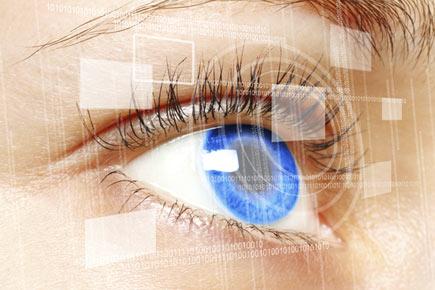Who got the colour vision first, humans or chimpanzees? According to biologists from Georgia-based Emory University, humans actually got the ability to see colours from gorillas and chimpanzees in the evolution process

colour vision, human colour vision, evolution, humans, chimpanzees, scientific research, health & fitness
Washington: Who got the colour vision first, humans or chimpanzees? According to biologists from Georgia-based Emory University, humans actually got the ability to see colours from gorillas and chimpanzees in the evolution process.

Representational picture
ADVERTISEMENT
Around 90 million years ago, our primitive mammalian ancestors were nocturnal and had ultraviolet-sensitive and red-sensitive colour, giving them a bi-chromatic view of the world.
By around 30 million years ago, our ancestors had evolved four classes of opsin genes - giving them the ability to see the full-colour spectrum of visible light except for UV, the Emory team found after two decades of painstaking research.
"We have now traced all of the evolutionary pathways, going back 90 million years that led to human colour vision. We have clarified these molecular pathways at the chemical level, the genetic level and the functional level," said lead author Shozo Yokoyama.
To conduct the study, the researchers focused on the seven genetic mutations involved in losing UV vision and tried to achieve the current function of a blue-sensitive pigment.
The researchers identified 5,040 possible pathways for the amino acid changes required to bring about the genetic changes.
They did experiments for every one of these 5,040 possibilities.
"We found that of the seven genetic changes required, each of them individually has no effect. It is only when several of the changes combine in a particular order that the evolutionary pathway can be completed," Yokoyama said.
In other words, just as an animal's external environment drives natural selection, so do changes in the animal's molecular environment.
Mice are nocturnal and like the primitive human ancestor of 90 million years ago, have UV vision and limited ability to see colours.
Many genetic mutations in visual pigments, spread over millions of years, were required for humans to evolve from a primitive mammal with a dim, shadowy view of the world into a greater ape able to see all the colours in a rainbow.
The paper, published in the journal PLOS Genetics, completes the project for the evolution of human colour vision.
"We have no more ambiguities, down to the level of the expression of amino acids, for the mechanisms involved in this evolutionary pathway," Yokoyama said.
 Subscribe today by clicking the link and stay updated with the latest news!" Click here!
Subscribe today by clicking the link and stay updated with the latest news!" Click here!







